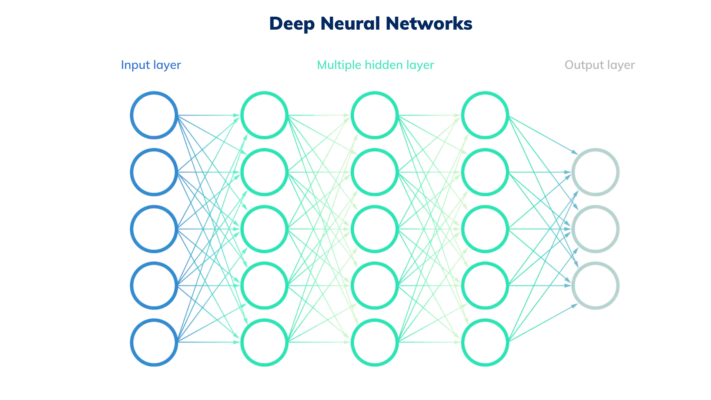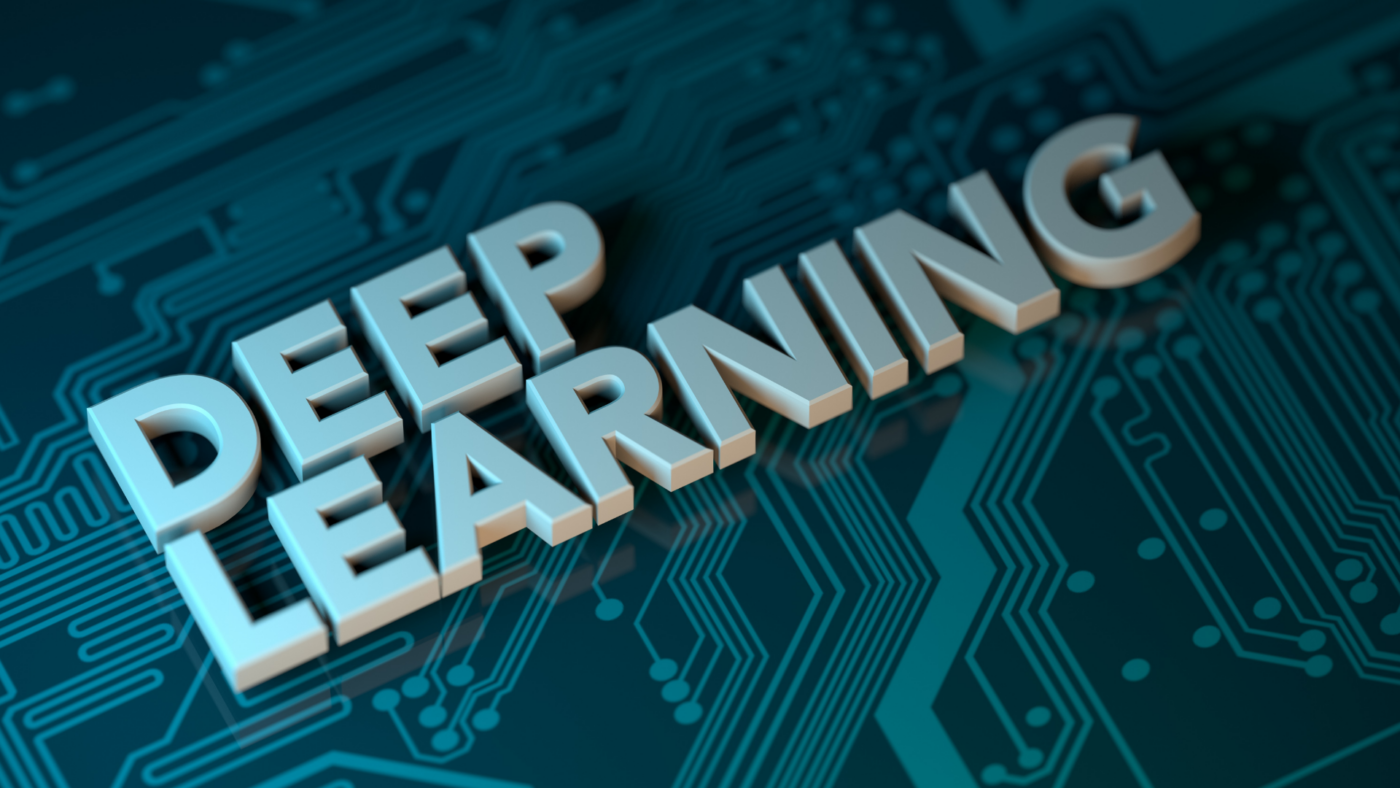We often hear about Deep Neural Networks or Deep Learning, but what does Deep Learning mean? In vogue for a few years now, the concept of Deep Learning has an almost esoteric appeal in enterprise environments. However, to fully understand what it’s all about, it’s best to first establish some preliminary concepts. When we talk about Artificial Intelligence, we are addressing a topic for which the use of a computer is not necessarily required. In fact, by AI we mean the set of mathematical models that allow an automatic process to “learn” a certain behaviour. So AI is essentially mathematics.For automatic process, we mean everything, from the most powerful pc in the world to a human being that, with pen and paper, applies a mathematical model to solve a problem.
However, because AI models practically always involve approaches by iterations, it is natural to think of entrusting these calculations to a computer. Even if we talk about learning, in reality, the model, through calculations, approaches to reproduce a “real” behaviour without knowing anything about the problem it is facing. To make a computer execute a mathematical model of AI requires writing quite complex algorithms. This algorithmic translation of models is called Machine Learning.
Deep Learning vs Machine Learning
When the starting AI model is particularly complex, also the related ML algorithms will be complex. A very complex ML algorithm is therefore called a Deep Learning (DL) algorithm. The concept of “very complex” is random and conventions have been created to establish the belonging of every algorithm to a set rather than to the other. For example, for the algorithms known to most, the Artificial Neural Networks, it has been decided that the passage from Machine Learning to Deep Learning occurs when the structure of the network is present at least 4 levels or layers. The Artificial Neural Network becomes at that point Deep Artificial Neural Network, or Deep Neural Network (DNN).

But why 4 layers? As anticipated, it is a convention, it is a bit like saying that the modern age began in 1492 with the discovery of America.
But what are Deep Learning algorithms used for? If the task to be solved is particularly complex (analysis of video elements, optimization problems with dozens of variables), Deep Learning can be useful. Usually, we proceed by trial and error, there is no set of rules to guide the choice between a deep or non-deep algorithm. Often, during an analysis, one arrives at a deep learning solution without even realizing it. When Machine Learning is not able to provide an accurate solution, it is natural to look for a more articulated tool.
Deep Learning, pros and cons
Deep Learning, therefore, has the advantage to propose solutions of good quality even for very complex problems. When I speak of good quality, I refer to the fact that both ML and DL algorithms do not provide the solution but a probabilistic solution with an accuracy that usually, to be considered acceptable, exceeds 95% (for example that boy in the picture is 96% brown). The more the algorithm is performing, the more the error rate is reduced. But, as always, there are not only positive aspects. Deep learning has some disadvantages. Using more complex algorithms means:
o Considerable set up time
o Longer calculation times
o Use of more powerful and therefore more expensive servers
o Deep Learning algorithms are also called black-box algorithms and therefore do not allow to understand and explain how to get to a certain solution, you can not reconstruct backwards the steps that led to a result. Certainly, the same problem is somehow present also with Machine Learning, but in the case of Deep Learning, it is even more complex.
On the last disadvantage there is also to say, however, that very often there are no alternatives to Deep Learning for certain analysis, so it is always better to have a solution from a black box than not being able to identify the answer to a business problem. Deep Learning encompasses a very large family of algorithms and the logic for choosing which ones to use is similar to Machine Learning. The only real difference between the two approaches is the complexity. We could say that Deep Learning is Machine Learning to the nth power.
Deep Learning, Use Case
To solve a problem of detecting indicators such as the Churn Rate, i.e. the customer abandoment rate, or to calculate the value of consumer overtime for the company, for example, based on the amount of incoming information and their complexity, we must choose which approach to adopt. Based on the quality of the results obtained, an incremental approach can be useful, in which we proceed with the adoption of more and more complex solutions, i.e. from the use of statistical methods to Machine Learning and, in case, Deep Learning, until we find a solution that meets our needs.


